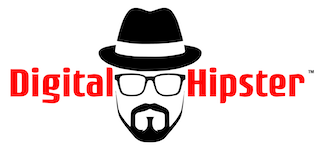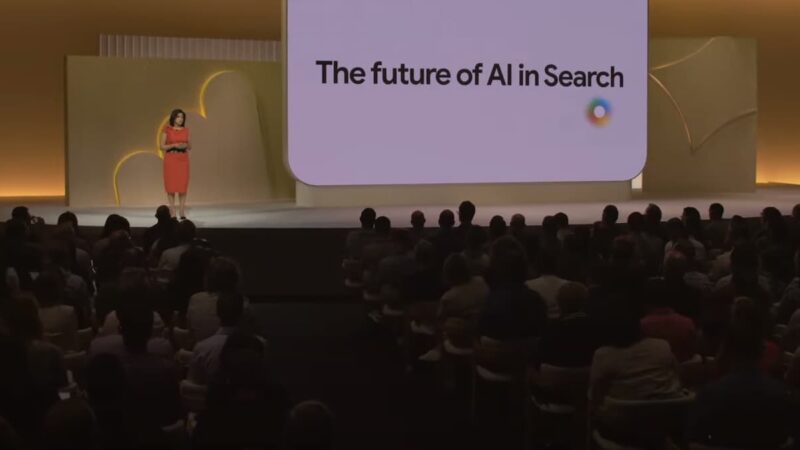Google Marketing Live 2025 heavily emphasized AI as a co-strategist in advertising, moving beyond simply assisting to actively driving campaign insights, creation, and optimization.
The core theme was about making Google’s advertising tools more autonomous, immersive, and interconnected.
Here’s a summary of the key announcements and themes:
1. AI-Powered Campaign Solutions (The “Power Pack”):
- AI Max for Search Campaigns: This new feature uses AI to supercharge Search ad performance by expanding keyword targeting to find previously untapped, high-performing queries, while still offering advertiser control and transparency.
- Performance Max Enhancements: Continued updates focus on more granular channel-level and asset-level reporting, as well as new profit optimization goals that consider cart data and cost of goods sold (COGS). The integration of brand guidelines ensures AI-generated assets maintain consistency.
- Demand Generation Improvements: Expansion of placements (including Display & Video 360 and Search Ads 360), new animated image ad formats, and a reduced lookalike audience requirement (from 1,000 to 100 users) were announced.
- “Power Pack”: This overarching term describes the integrated approach to driving next-level performance across Search and YouTube using Performance Max, AI Max for Search campaigns, and Demand Gen.
2. The Future of Search Ads & Discovery:
- Expanded Ads in AI Overviews and AI Mode: Google is significantly expanding the presence of “Sponsored” ads directly within the AI-generated overviews at the top of search results, including desktop. Ads are also being tested in “AI Mode” to appear as natural next actions within conversational search experiences.
- Smart Bidding Exploration: This major bidding infrastructure upgrade helps advertisers reach more potential customers by using AI to identify and tap into less obvious, but potentially high-performing, search queries.
- Visual Search Integration: Shopping ads are expanding to Google Lens and Circle to Search, allowing advertisers to connect with users engaging in visual product discovery.
- Conversational Campaign Creation: A new Gemini-powered conversational experience in Google Ads will streamline the creation of Search campaigns.
- Virtual Try-On and 3D Product Imagery: Particularly for apparel, Google is enhancing the shopping experience with virtual try-on experiences and 3D product visualization.
- Visual Brand Profiles on Search: Brands can now claim and customize their presence directly on Google Search with curated images, videos, reviews, and product details. Merchant Center is evolving into a comprehensive content hub for brands.
3. Next-Generation Creative and Content:
- Cinematic AI Tools (Veo Integration): Google is upgrading its creative suite with AI-powered tools. The new Veo model (previously demoed at I/O) can turn static product images into dynamic videos, now available in Merchant Center and coming soon to Google Ads.
- Asset Studio Enhancements: This centralized workspace within Google Ads continues to evolve, providing marketers with advanced image and video generation features, testing formats, and on-brand visual creation.
- “Generated for You” and Proactive AI: Product Studio will leverage AI to analyze real-time trends and proactively suggest campaign ideas, optimized titles, and relevant product offers.
- Brand Guidelines Integration: Advertisers can upload brand guidelines to ensure AI-generated assets maintain brand consistency across campaigns.
4. Advanced Measurement and Data Strategy:
- Ads Data Manager: Now out of beta, this tool allows advertisers to consolidate first-party data from various sources (YouTube, Google Ads, HubSpot, Shopify) into a unified analytics hub.
- Enhanced Conversion Lift Studies: These privacy-preserving experiments offer more conclusive results on campaign causality and can now run for shorter durations (as low as 7 days), making incrementality testing more accessible.
- Cross-Channel Measurement in Google Analytics: GA4 will offer more comprehensive cross-channel performance insights, including impressions from Google properties and other platforms, to help map the customer journey and calculate ROI.
- Data Strength Recommendations: Future features will help identify gaps in data strategy and provide actionable ways to improve.
- New Data Manager API: This consolidates multiple APIs into a single schema for easier connection of audience and conversion data across Google Ads, GA4, and Google Marketing Platform.
5. Agentic Marketing Tools:
- Marketing Advisor: An AI-powered assistant built directly into the Chrome browser to help advertisers manage campaigns and uncover growth opportunities.
- AI Agents for Campaign Management: Google is introducing “agentic capabilities”—AI-powered assistants that can act on tasks—to streamline campaign management, content creation, and performance analysis, offering personalized recommendations and even executing tasks like keyword suggestions.
In summary, Google Marketing Live 2025 solidified AI’s central role in the advertising ecosystem, focusing on automating more complex tasks, enhancing creative capabilities, expanding ad placements in new AI-powered search experiences, and providing more robust, privacy-preserving measurement tools.

